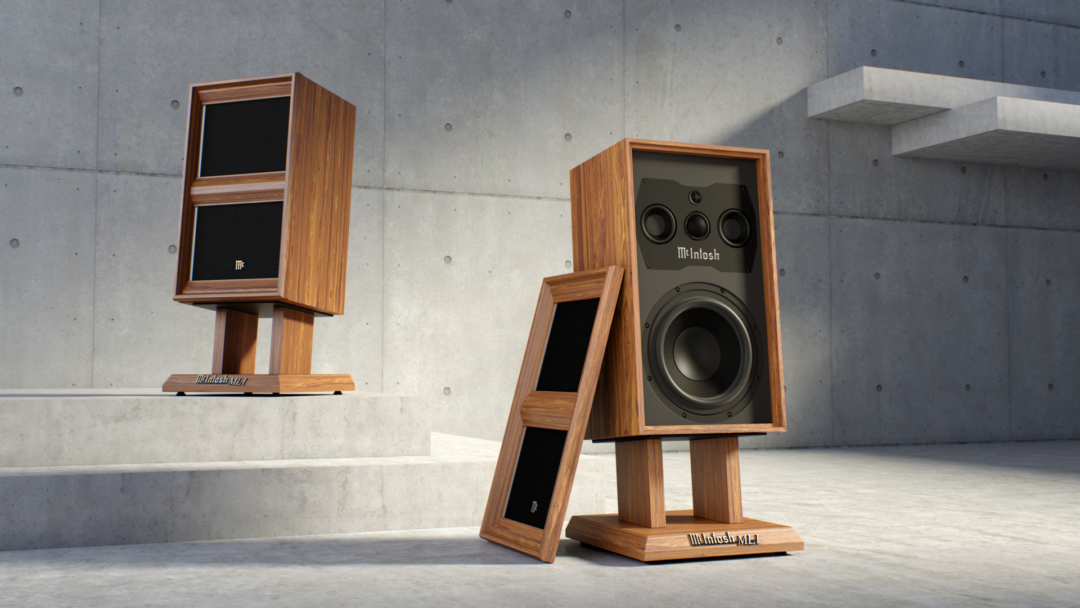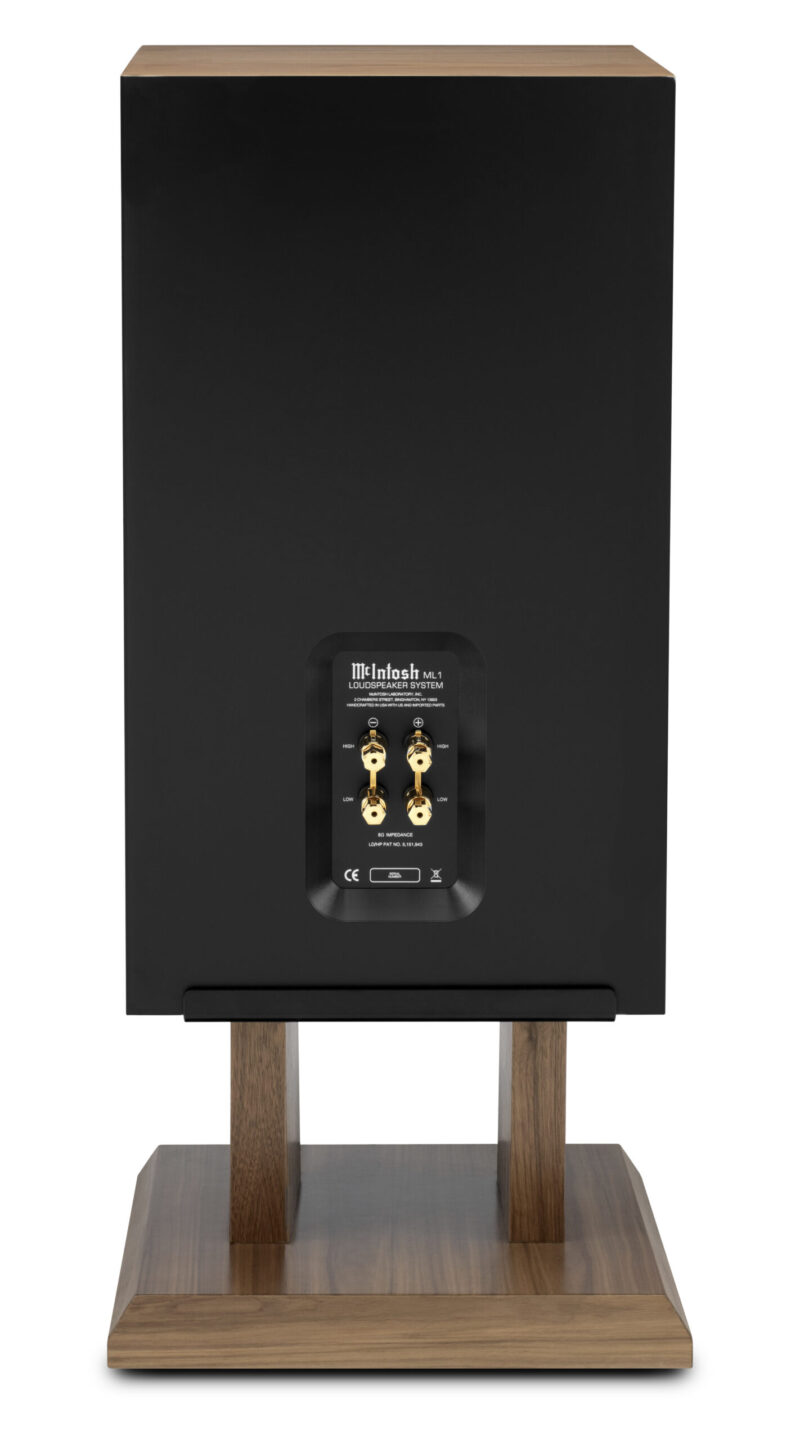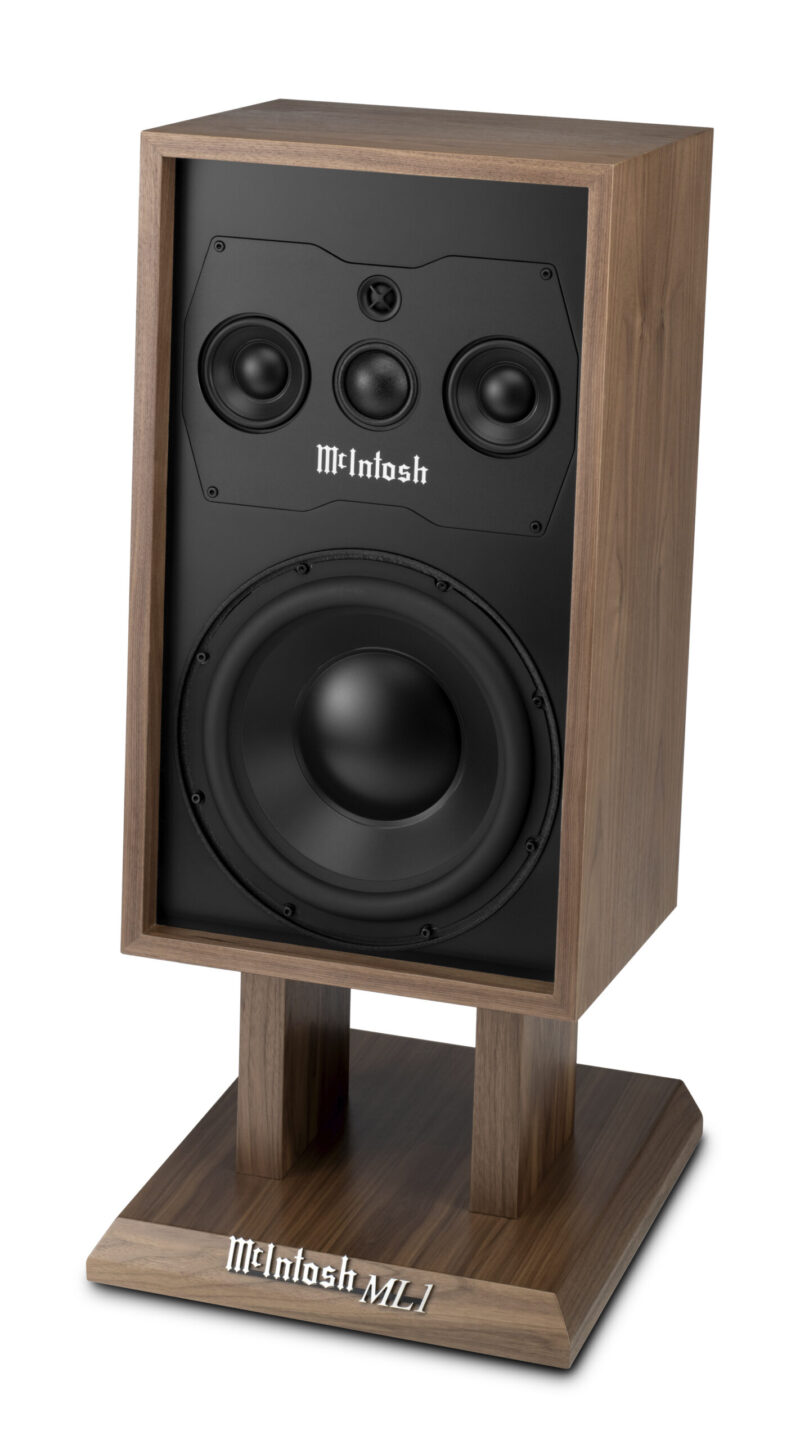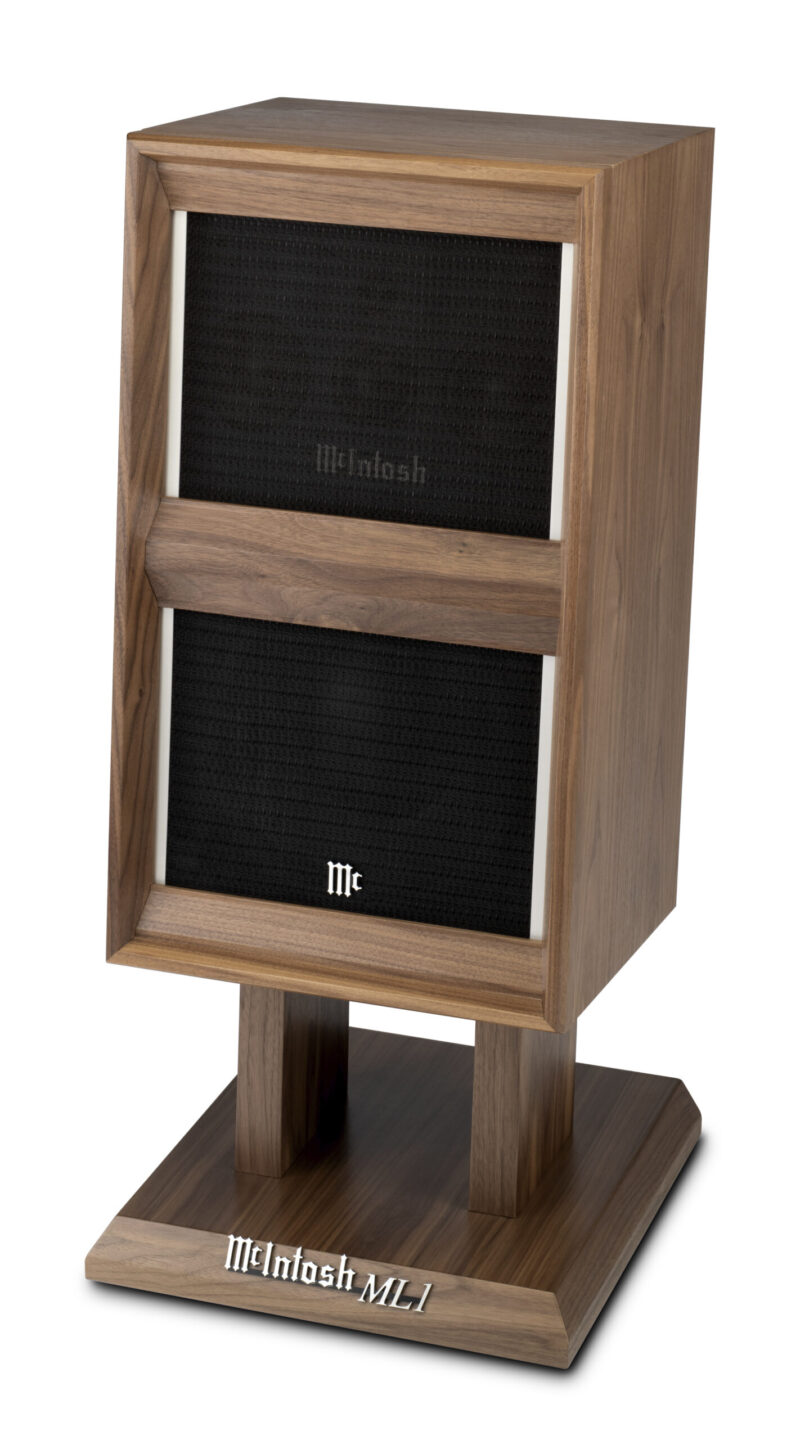Who would really want a speaker from the 1970s? Well, apart from for purely nostalgic reasons and because of their looks, of course.
Back then, the speakers were nowhere near what you’d find in the shops today. Rather simple, not to say rudimentary crossovers, drivers with oversized diaphragms compared to voice coils and magnets, and no materials or technology that we take for granted today.
If you find a pair of used speakers from the 70s that work, you’ll probably think they sound charming and maybe even not bad considering their age, but that’s all.
That is, if you ignore the design. Retro is as popular as ever, and this is especially true for speakers. Klipsch, JBL, Sonus faber and many others design speakers in classic designs, but they use modern materials.
As a result, speakers like the Klipsch Heritage series or the JBL L100 Classic can now play with a dynamics, balance and resolution that hardly existed to the same extent in the 70s.
McIntosh retro speakers can do just that. They certainly look retro with a design that hasn’t changed a bit since 1970. That’s when McIntosh launched the original ML1 in American walnut. A two-way speaker that was in production until 1977.
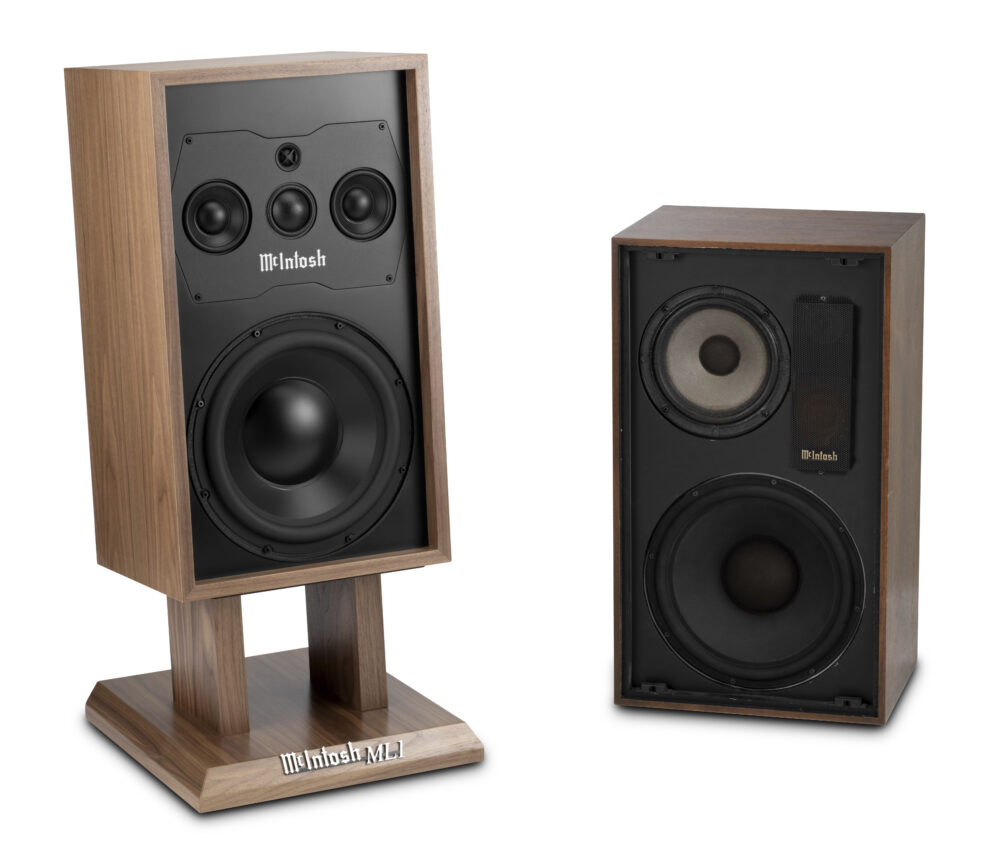
According to Ken Kessler’s book, ‘For the Love of Music’, about McIntosh’s history since 1949, the idea for a better speaker was conceived by McIntosh’s Gordon Gow. McIntosh had become frustrated that speakers at the time were rarely good enough to emphasise the differences in sound between different components.
The distortion on the speakers of the time was in double digits and increased even further when the volume knob was turned clockwise. Gow put Roger Russell and Sidney Corderman on the job in 1967. Three years later, the ML-1C was ready. So was an equaliser – the MQ101 – which could be added if you needed to adapt the sound from the speakers to the room.
Mark II
No Mark II or new versions of the ML-1 were ever made. Until now, that is. The new ML1 MK II has largely retained the original design in American walnut. Solid wood – not veneer – and the speakers come with a removable American Walnut grille that is almost identical to the grille on the original.
The original ML 1 was a pretty advanced design for its time, with a frequency range of 20 Hz to 20,000 Hz, according to Roger Russell. Crazy at the time for a speaker intended for the home. Specifications that make a subwoofer unnecessary.
The new ML1s don’t need a subwoofer either. Admittedly, they don’t go quite as deep – 27 Hz, but they do go higher at the other extreme. Measurably to 45 kHz according to McIntosh.
This has been achieved with a four-way construction, closed cabinet and no equaliser. Quite remarkable in itself. Especially when you consider that the cabinet is no bigger than it is. The height is 66 cm, plus the stands that are customised for the speakers.
Dual chambers
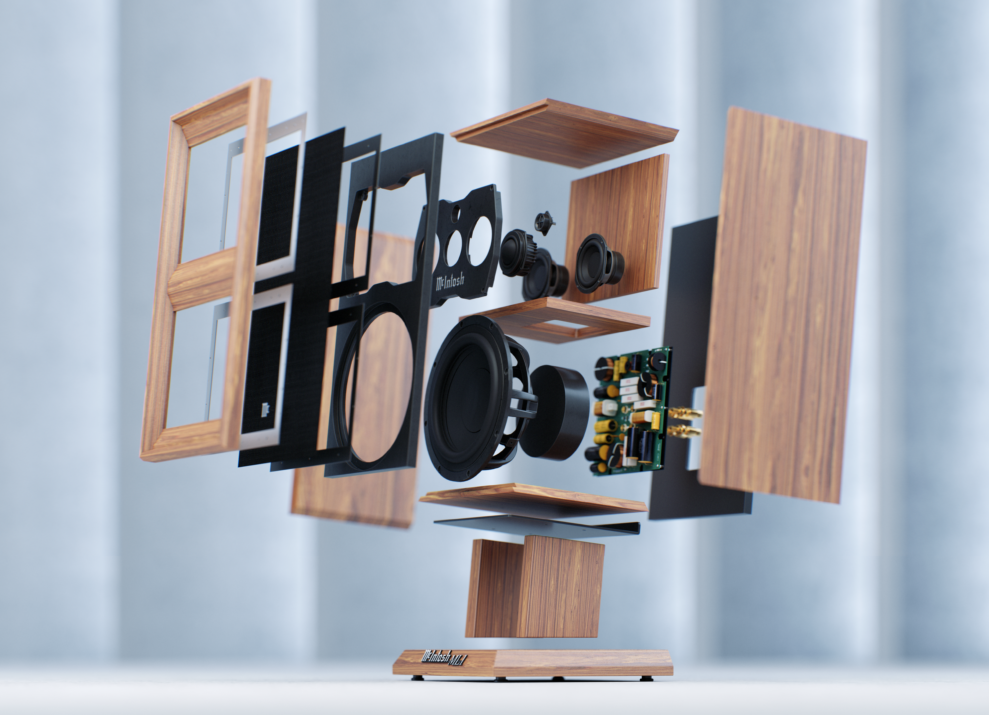
McIntosh has not been so concerned with efficiency. At least not the sensitivity. It’s at a low 85 dB. Low for such a complex design and a clear indicator that you actually need the power a McIntosh amplifier can deliver.
The 12-inch woofer with a rigid polypropylene cone is attached at the outer edge with a ring of synthetic rubber. The driver has its own enclosed cabinet, which takes up half the volume inside the extensive enclosure.
Four-way
Divided at 180 Hz to the drivers in the upper chamber of the speakers. It is also closed. Two 10 cm midrange drivers, also with polypropylene cones and synthetic rubber suspension, are mounted horizontally. A 50 mm midrange driver with a dome-shaped diaphragm covering the range 500 to 4,500 Hz sits between the two drivers. The upper frequency range is covered by the same 19 mm titanium dome tweeter we know from our testing of the McIntosh XR100 and XR50.
McIntosh has updated the MA9000 to the 9500, making our favourite amp more versatile, and even better.
The four units in the upper chamber are mounted on a heavy-duty, milled metal plate. The crossover is located in the lower chamber and connected to heavy-duty bi-wire terminals. The same type that McIntosh uses on its amplifiers.
The stands, made specifically for the speakers, angle the speakers backwards and lift them up to 92 cm. Plus any spikes or damping feet.
Amplifier and stuff like that
The first time I heard the McIntosh speakers, they were demonstrated with the McIntosh MC451. It’s a hybrid mono power amplifier that combines transistors with vacuum tubes and delivers 300W of power from the transistors and 150W from four KT88 tubes. Per channel. In other words, the speakers were driven in what is called bi-amping, where the transistor part of the amplifier powered the woofer and the valves covered the rest.
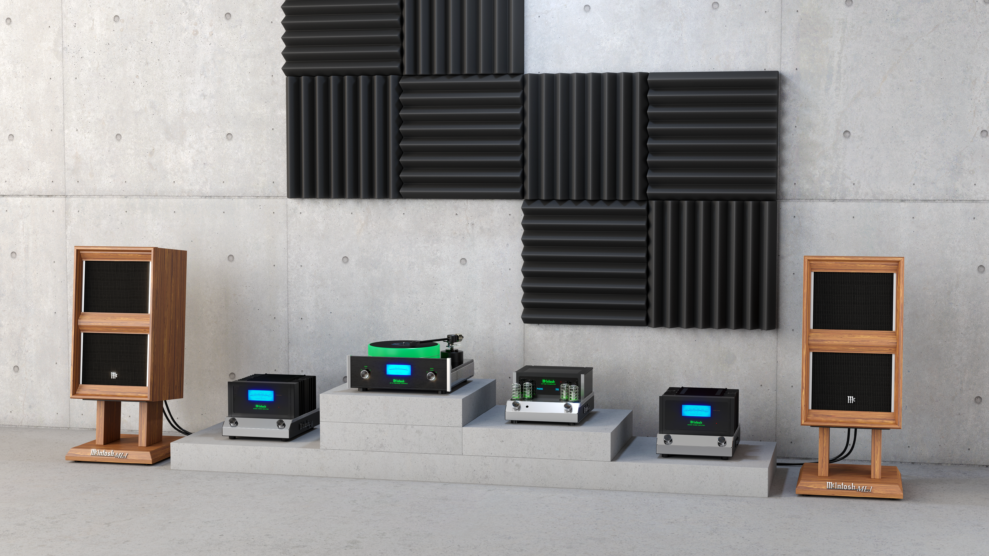
Although the demonstration didn’t last long, it was remarkable how little distortion there was in the sound when the volume was really loud. There was absolutely nothing about the sound that reminded me of a speaker from 1970.
Nor did it later, when I finally managed to get the stands and speakers in place in my own listening room. They remained there for several weeks, with only a brief absense, and in the weeks I had the speakers, they became by far the most used of all the speakers we had available.
With a good selection of amplifiers, it soon became clear that the speakers thrived on the most powerful amplifiers. A 100W Yamaha A-S3200 worked surprisingly well. It has plenty of torque and a potent power supply and sonically matched well with the energetic McIntosh speaker. Which also worked well with McIntosh’s own MC275. A 75W valve amplifier that McIntosh actually recommends as a match for the ML1. From experience, I would probably consider moving up to an MC312 or MC462, which have almost infinite power. At least if you need to fill a very large room with loud sound.
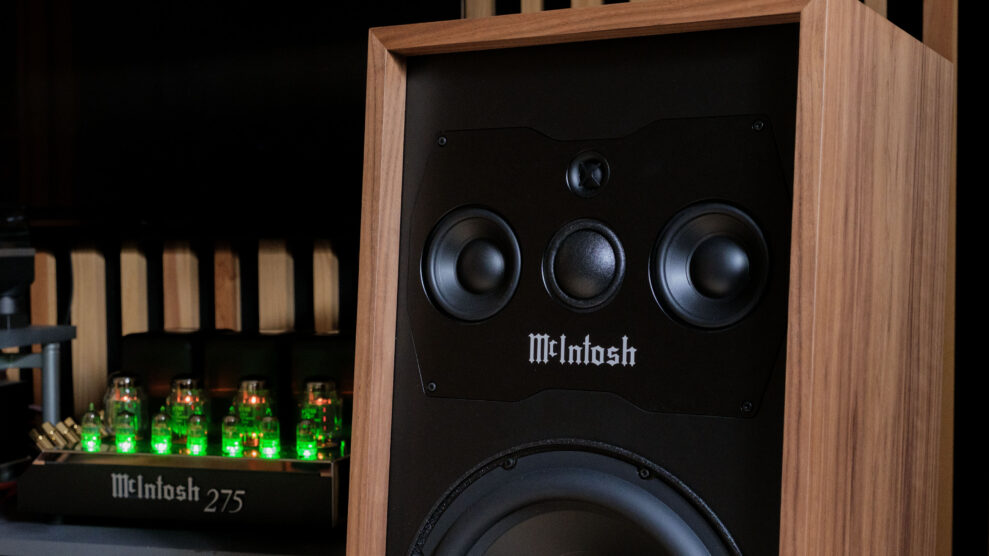
Goatee and silk tie
I didn’t have to, and an MC275 had more than enough power to raise the sound pressure level in the room. I missed some of the control in the bass that an MC462 would have had at high volume, but valves or transistors have nothing to do with speaker quality. The warm sound from the valve amp also removed some of the harshness in the treble that would sometimes occur if I played very loud. I don’t know if this is due to diffractions from the edges around the recessed front panel. But it was certainly masked with the grille on. They are attached to the edges with magnets, and with the grille on, the sound doesn’t change significantly.
There might be a slightly muffled sound around the whiskers on a snare drum and stuff like that, but it doesn’t matter on other vocals. On the lovely The Elder with the Jan Gunnar Hoff ensemble – recorded in Sofienberg Church in Oslo – the piano sounds warm and the sound is well defined. Even in the large church space. An atmosphere that is more than evident on the recording Morten Lindberg made in 2017. The speakers present the music in the space where the recording was made and the dynamics are almost explosive. On the next cut on the album, Revamp, it feels as if Audun Kleive’s percussion is coming out of the speakers. I’ve rarely heard such dynamics from a speaker of this size.
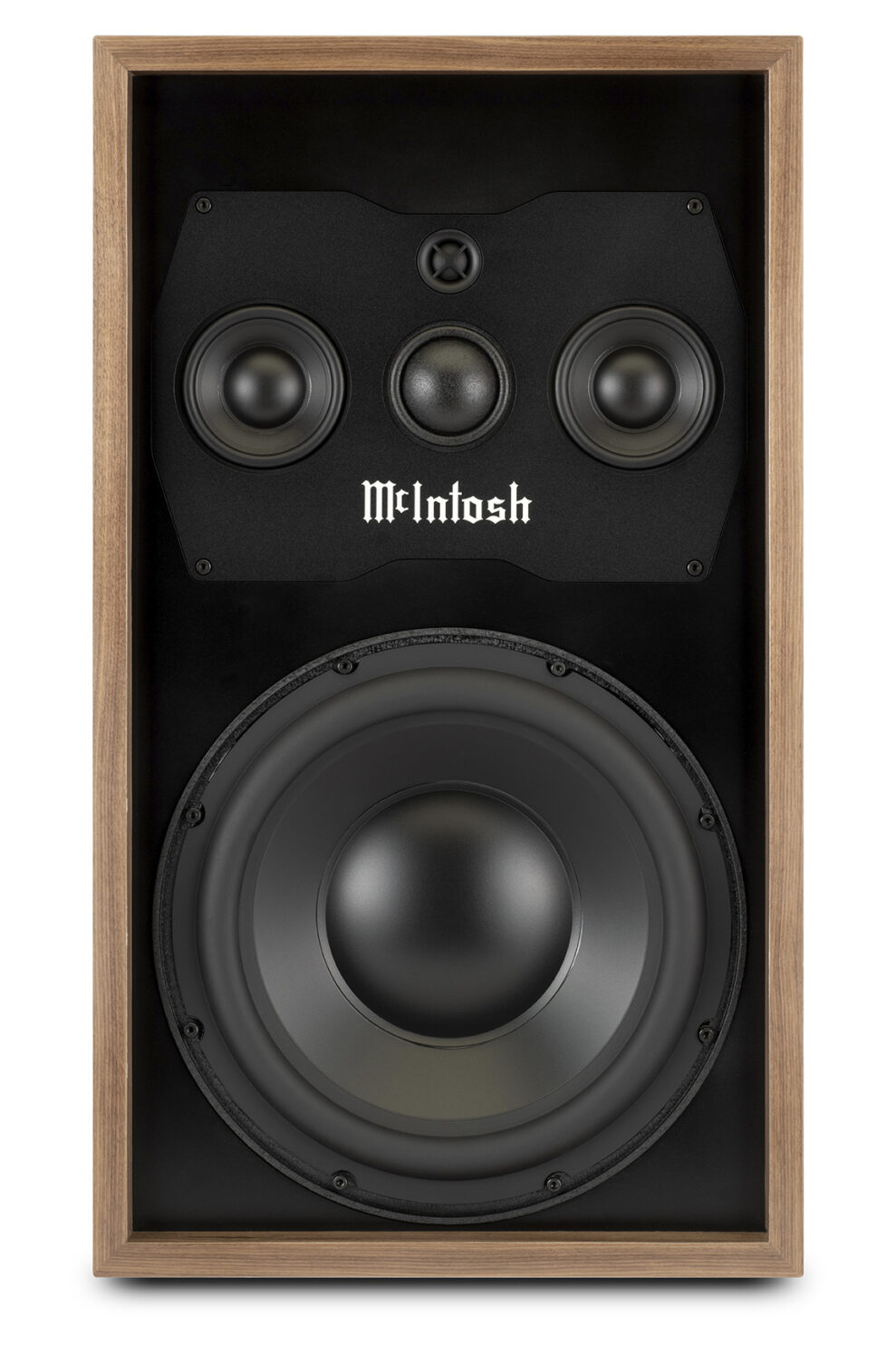
I can play as loud as I dare. The speakers are unwaveringly stable. The double bass is just as tightly defined as when I play low, the scale is just bigger. At the same time, the sound is pleasantly warm without ever getting muddled.
Not even on the razor-sharp Private Investigations by Dire Straits. An album track that just begs to be played loud. The opening guitar sound is warmer than usual, but also fuller, with more resonance. The vocals are dry, almost a little withdrawn, but with plenty of dynamics. Percussion and later the drums on the recording blast out of the speakers with a speed and power that I haven’t experienced since the Klipsch Cornwall and Dali Kore, for example.
Old school technology has never been better than in our time, the McIntosh MC1502 is the proof for those who doubt.
The speakers have a knack for preserving and emphasising details in the soundstage – even the small ones. This is not only noticeable on Private Investigations, but also on Leif Ove Andsne’s interpretation of Chopin’s Impromptu No. 1 in A major. The recording at Potton Hall in Suffolk, UK, can sound a little dry and distant. Here the music is closer and there’s a wealth of timbres that other speakers in the same class often mask.
A change of style to Miley Cyrus Flowers gave me the same energy from the speakers. The slightly flatter dynamics are probably due to the recording, but the speakers were clearly wearing silk ties and dancing shoes. Of course, things got much harder with Kvelertak’s Krøterveg te helvete, a burning inferno of guitars and percussion – and lyrics that can scare the hell out of you. Here the speakers shone with a playfulness even when I played loud, which most speakers don’t like. Full control for almost eight minutes and a sound level that can deafen you. There’s no stopping these speakers. They really can do it all.
It’s not easy to find competitor speakers that can do what the ML1 can do. The Sonus faber Maxima Amator, which we tested recently, is more refined but not nearly as dynamic and can’t play as loud. The KEF Reference 3 Meta doesn’t go as deep in the bass, and the Audiovector R6 Arreté is far too expensive in this company. Our thoughts turn instead to the JBL 4367, which has the same explosive dynamics and in our opinion is the closest thing to a pair of McIntosh ML1s.
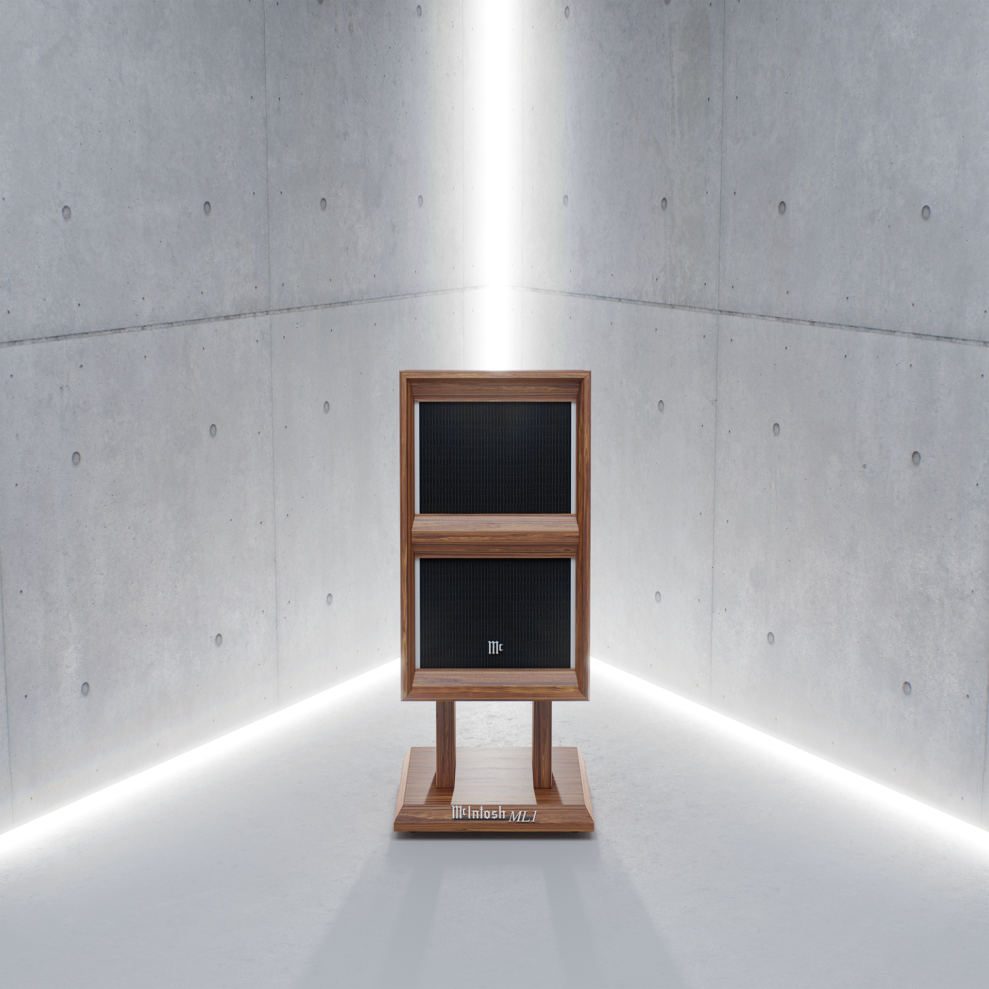
Conclusion
They could have missed the mark by a mile, but McIntosh has managed to revitalise the ML1 and create a speaker that can certainly challenge the best in its class. It plays louder and harder than most, with steely control throughout. Bass reproduction is exceptionally deep and potent, while McIntosh has managed to make the speakers both open and transparent. You’re likely to find a different level of fine-mesh sophistication elsewhere, but few speakers in this class combine explosive dynamics with as much finesse and fun as the McIntosh ML1. If you like the retro design, it’s a no-brainer.

We think
Great dynamics and real deep bass woofer combined with an airy and open soundstage. Can play louder and clearer than you might think - or dare. Low sensitivity and a closed enclosure demand a lot from the amplifier. The design is not for everyone.
16000 €
Specifications
- Type: 4-way – floorstanding speaker
- Woofer: 25 cm polypropylene
- Midrange: 2 x 10 cm polypropylene, 5 cm dome
- Tweeter: 19 mm titanium dome
- Sensitivity: 85 dB
- Impedance: 8 Ohm
- Frequency range: 27 Hz – 45 kHz
- Crossover frequencies: 180 Hz, 500 Hz, 4,500 Hz
- Max load: 75-600 W
- Recommended amplifier power: Not stated
- Dimensions/weight (cm/kg): 66.4 x 38.1 x 34/30 kg
- Colours: American walnut, solid wood, solid walnut stand
- Web: mcintoshlabs.com
